In Tunisia there are several street foods that often only exist there and that one can even eat on the go:
Street food Tunisia
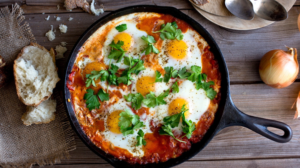
- Ojja/Chakchouka: Ojja is prepared with tomatoes and tomatoes to paste, a bit of olive oil and eggs. Chakchouka is the same recipe but with more vegetables (pumpkin, peppers…) and both recipe can also include some Merguez (spicy lamb or beef sausages).
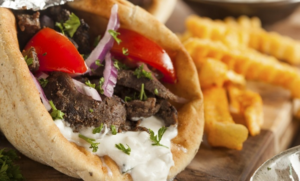
Maqloub: A sandwich with meat (usually poultry but sometimes also lamb) and Harissa – Wikipedia filling (other fillings or vegetables are also possible)
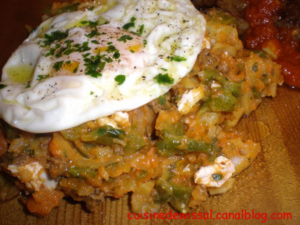
- Kafteji: A preparation of fried vegetables (usually pumpkin, peppers and tomatoes) and eggs, that can be eaten as a side or used in a sandwich.
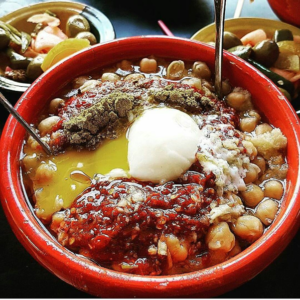
Lablebi: A hot soup of steamed chickpeas, a lot of spices (cumin, harissa) and some lemon, sometimes also with tuna and an egg. (This one is a winter favourite by many Tunisians)
Pizza: Since Italy and Napoli is at 30 minutes by plane, Tunisians very soon adopted the dish as their own before it even made it to the US. Now the most iconic pizza in Tunisia is the “Neptune”, made just with a tomato-mozzarella base plus shredded tuna (delicious from the Mediterranean Sea) and olives.
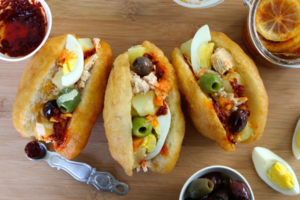
Fricassé: Those little-fried dough sandwiches are filled with tuna, eggs, olives and (of course) some harissa paste.
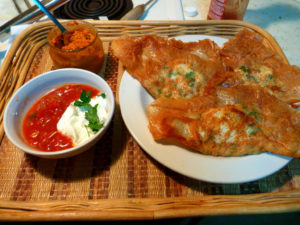
Brik: A very thin pastry fried to become crispy while usually filled with an egg, some parsley and tuna (some other recipes exist with octopus, poultry or potatoes instead)

Gelat: From the Italian “Gelato”, artisanal ice-cream adopted from Italy. More so, you can find in Tunisia original flavours such as Zgougou (Aleppo pine seed), Bsisa (flour & roasted barley with anis) or rose/orange flower essence. Or even some traditional gelat sandwiches in the region of Sfax.
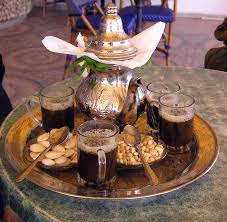
Mint tea and Coffee: Tunisians fascination with those drinks made them available pretty much in every street and terraces.
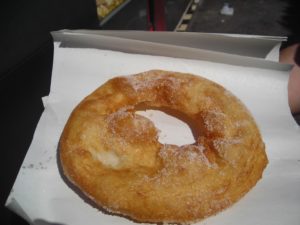
Bambalouni: honeyed fried dough that is far more aired and malleable than a doughnut and thus easy to eat.
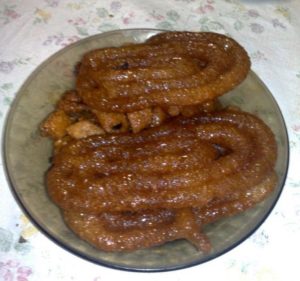
Zlabia: special honeyed fried dough with spices (cardamom and sometimes also Curcuma) that is very demanded during Ramadan in street shops. It’s a bit crispy on the exterior but rather gooey and sweet on the inside.
There are probably many more that I missed, I also wanted to show those who are more or less specific to Tunisia, we also have less commonly Shawarma or Shish Taouk from Lebanese and Turkish cuisine but those were already shown in an earlier blog post. Even then, Tunisian cuisine is pretty rich, (3000 years old rich as they like to say) but in my opinion, the best dishes are to found in people’s home and are better than street foods.

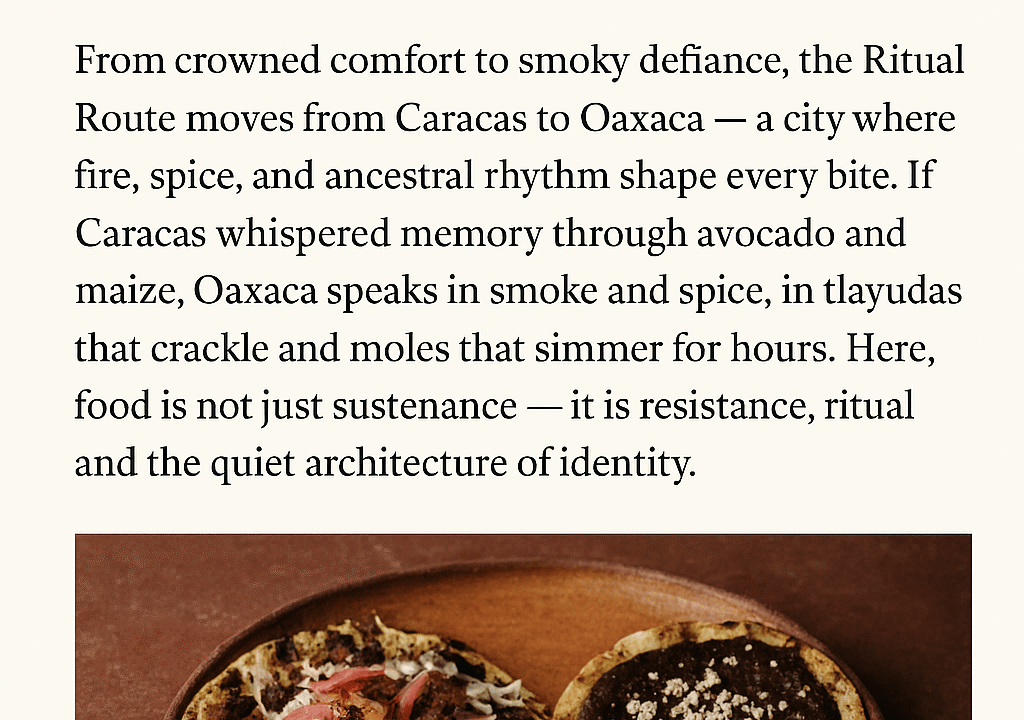
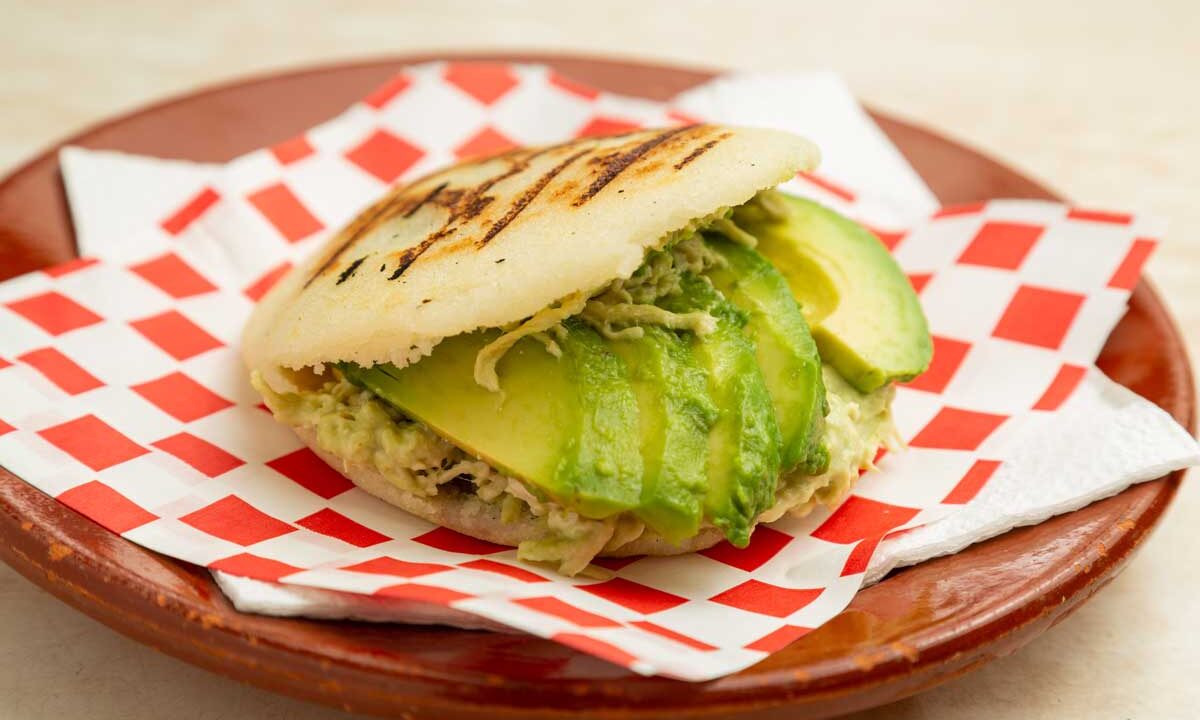

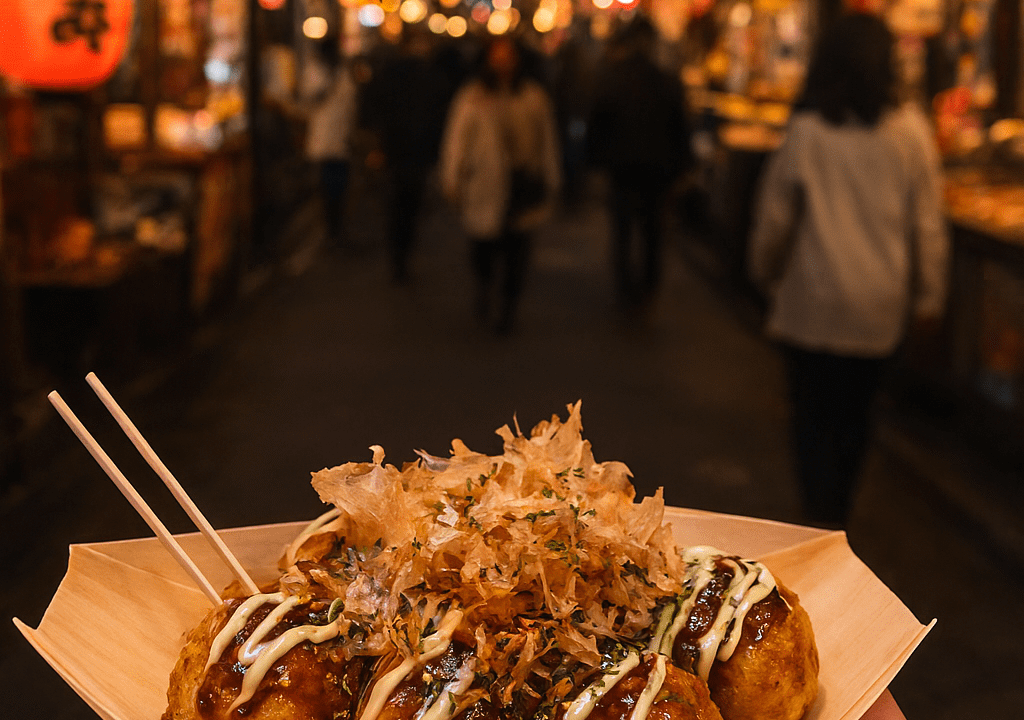


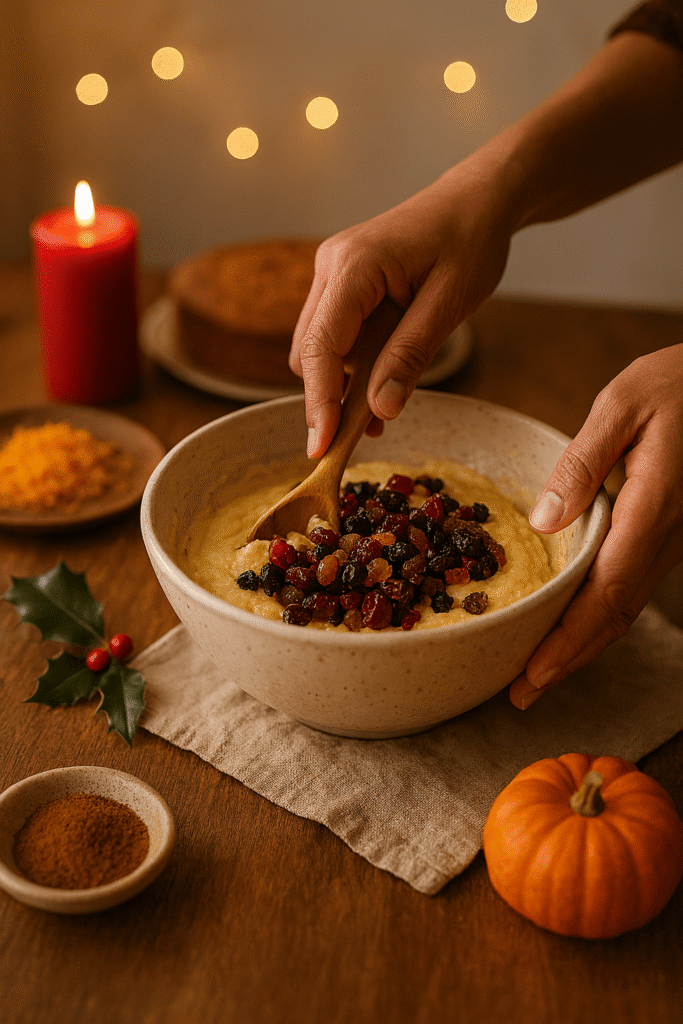

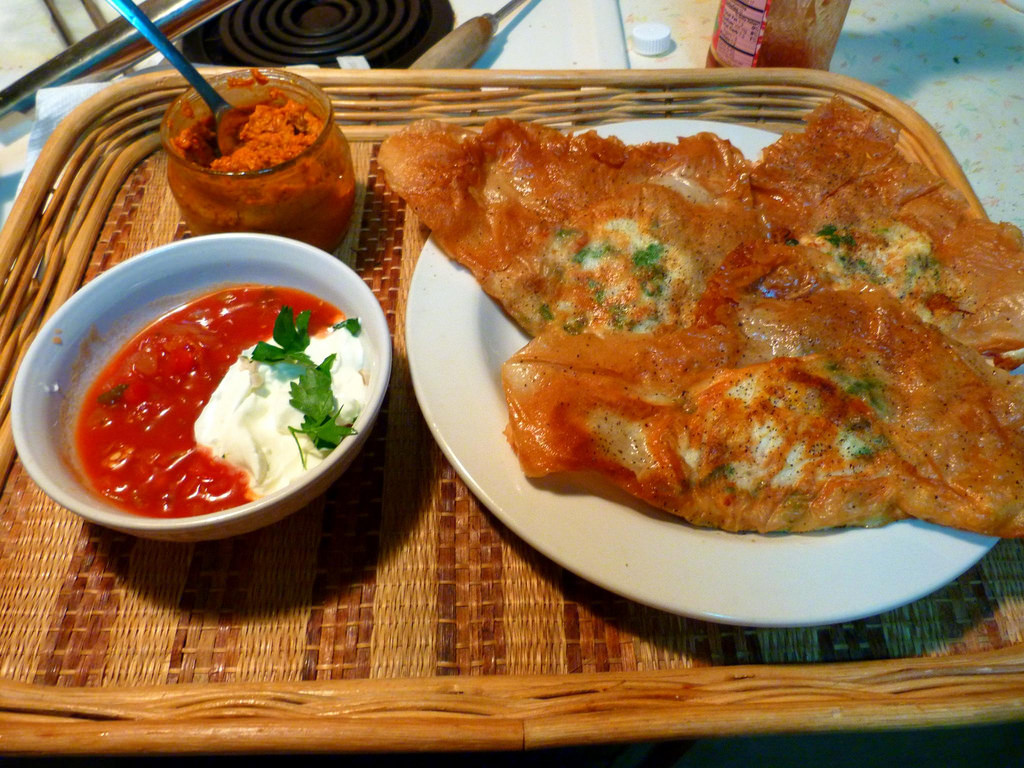
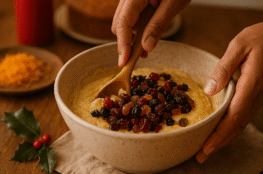
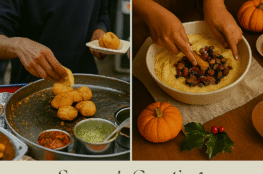
September 13, 2018
The bambalouni looks like a version of what we call “elephant ears” in America. I love street food, and my mouth watered as I read your fun post!
September 14, 2018
It is certainly is mouth-watering for a foodie. Fried dough is known as fry dough, fry bread, fried bread, doughboys, elephant ears, scones, pizza fritte, frying saucers. These foods are virtually identical to other, and recognizably different from other fried dough foods such as doughnuts, beignets. In Croatia fried dough is known as languši, in Hungary as lángos, in Austria as kiachl, fried dough is made by deep-frying a portion of risen yeast dough.
September 17, 2018
Thank you. I had no idea the popularity of fried bread. You really know your foods!
September 18, 2018
Welcome. Your words of appreciation are an inspiration to write better and useful post like these.
December 12, 2018
5
December 12, 2018
5